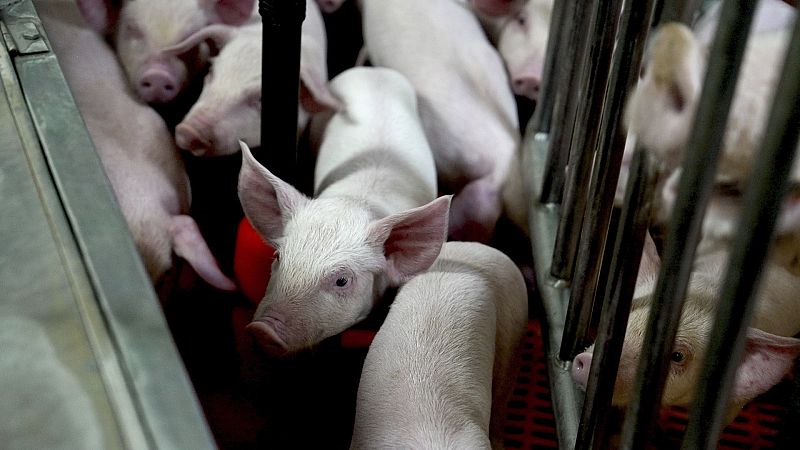
Scientists in China have transplanted a modified pig liver into a brain-dead human – the latest step toward using pig organs to help extremely ill patients with liver failure.
In one of the first trials of its kind, surgeons from Xijing Hospital at the Fourth Military Medical University in Xi’an attached a genetically modified pig liver to a brain-dead patient in March 2024, two months after a related experiment in the United States.
It’s the latest in a wave of research into xenotransplantation, or organ transfer from one species to another.
Several pig kidneys and hearts have been transplanted into living patients since 2022, with some people surviving for weeks afterward.
Scientists hope the practice could eventually help meet the demand for organs among the thousands of people who die each year waiting for a donor.
Pig liver showed no signs of rejection
The Chinese transplant in a brain-dead patient was first reported last year. But the new peer-reviewed study, published in the journal Nature, sheds light on how exactly it worked – and how the next attempts to use pig organs for human patients could unfold.
“This is the first time we've tried to unravel whether the pig liver could function well in the human body,” Dr Lin Wang, one of the study’s senior authors and a surgeon at Xijing Hospital, told journalists.
Notably, the surgeons did not remove the brain-dead patient’s own liver. They inserted the modified pig liver into the patient, with limited disruption to the original liver.
Six of the pig’s genes had been edited to boost the odds that the transplant would succeed, for example adding altered human genes and removing pig genes that facilitate organ rejection.
Over 10 days, the pig liver maintained stable blood flow and did not show signs of rejection.
Most exciting to the researchers, it also produced bile, which aids digestion, and albumin, a protein released into the bloodstream to help regulate fluids.
However, the pig liver did not produce the same amount of bile and albumin as a human liver does, and the study authors said it is “unlikely” that it was enough to support the human body over a long period.
They also don’t know how long the pig liver could have functioned, because they ended the experiment after 10 days at the request of the patient’s family.
The potential of pig organs for human patients
Even so, the findings serve as the earliest indicator that pig livers may be a viable temporary option for people with severe liver failure who are waiting for a permanent transplant.
In that scenario, “the original liver still could work partially, and the pig liver could give it a great supplement or additional support,” Wang said. “This is what we call a ‘bridge therapy’”.
That would be a significant development for patients with liver failure who need a transplant.
Globally, there were more than 41,000 liver transplants in 2023. But organ shortages mean many patients wait months for a donation, which can be taxing.
“Optimising this approach could expand the pool of available organs and save lives in liver emergencies,” Iván Fernández Vega, a professor of pathological anatomy at the University of Oviedo in Spain, who was not involved with the new study, said in a statement.
However, he said the results of the experiment shouldn’t be generalised until bigger studies with more people are done. Trials with living patients are still a ways off.
“Although this is a pioneering advance, studies with a larger sample and in living recipients will be necessary to confirm the safety, efficacy, and reproducibility of the procedure,” Vega added.
The study has some other limitations, notably that the patient’s original liver had not been removed, which could make it difficult to identify how well the pig liver would have worked on its own.
The researchers also did not study whether the pig liver could take on more complicated functions, like metabolising drugs and detoxing harmful substances.
Additional experiments using pig livers are already on the way. In recent months, Wang’s team removed the liver of another brain-dead patient and replaced it with a modified pig liver.
He said the researchers plan to publish their results soon.







